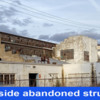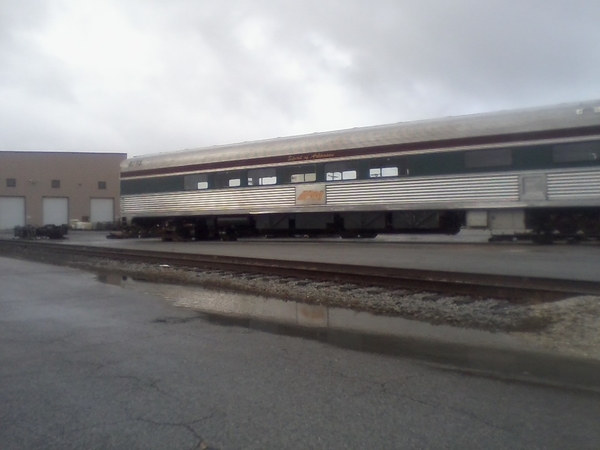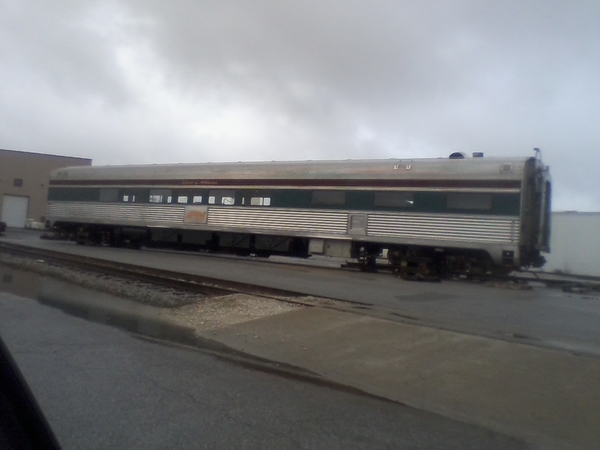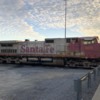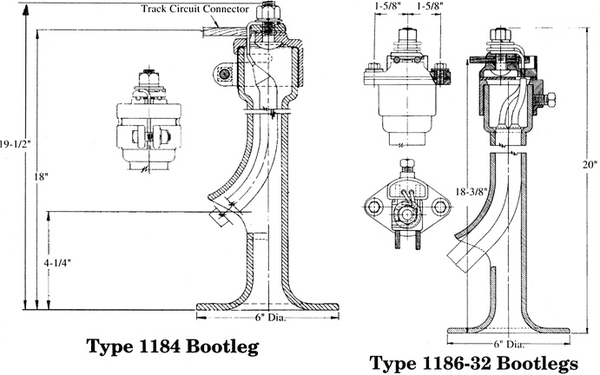Hello, everyone. Happy early Thanksgiving to each of you. I hope you get to spend the holiday tomorrow with the people you love, family or otherwise.
It has been a dry week for me as far as catching trains, so I thought I would share a few photos of some steam trains I have seen lately, or in the past few years. Some of these pictures might be repeats from previous posts.
In late September, I went to the Norfolk & Western Railway steam reunion at the Strasburg Rail Road. The 4-8-0 no 475 was brought back into service with a new look on her face, and is quite a stunner.
Even more stunning is the visiting locomotive, N&W no. 611, which is visiting from Roanoke, VA. The engine came to Strasburg for annual inspections and some repairs or adjustments, but stayed about a month. Each weekend had a special theme to it.
In the early Summer, I caught the other two steam locomotives at Strasburg under steam. 2-10-0 no. 90 is quite a puller, and seems to be a fan favorite.
Getting a new fire on one of the days I stopped by is 2-6-0 no 89. While she is much smaller than 475 or 90, she still puts on a great show.
The day after Christmas last year, I went to see 2-8-0 no 40, which was operating at the New Hope & Ivyland Railroad. This is the train approaching the Lahaska (PA) station.
And going back to mid-December in 2018, I caught quite a few angles on 2-4-4T no. 7 operating on the Maine Narrow Gauge Railroad in Portland, ME. I thought I had a busier steam year than this, and the trains I shot while working. I might have to work harder on getting more variety for 2020.
That is what I have to offer for this week. I hope you have some great images of railroading in the real world in any way or means of motion. Please add your photos here. Have a good weekend, and enjoy the trains!
<input id="_webhelper_source" type="hidden" value="{" />















